The Hobbit: The Battle Of The Five Armies: Review And Critical Analysis
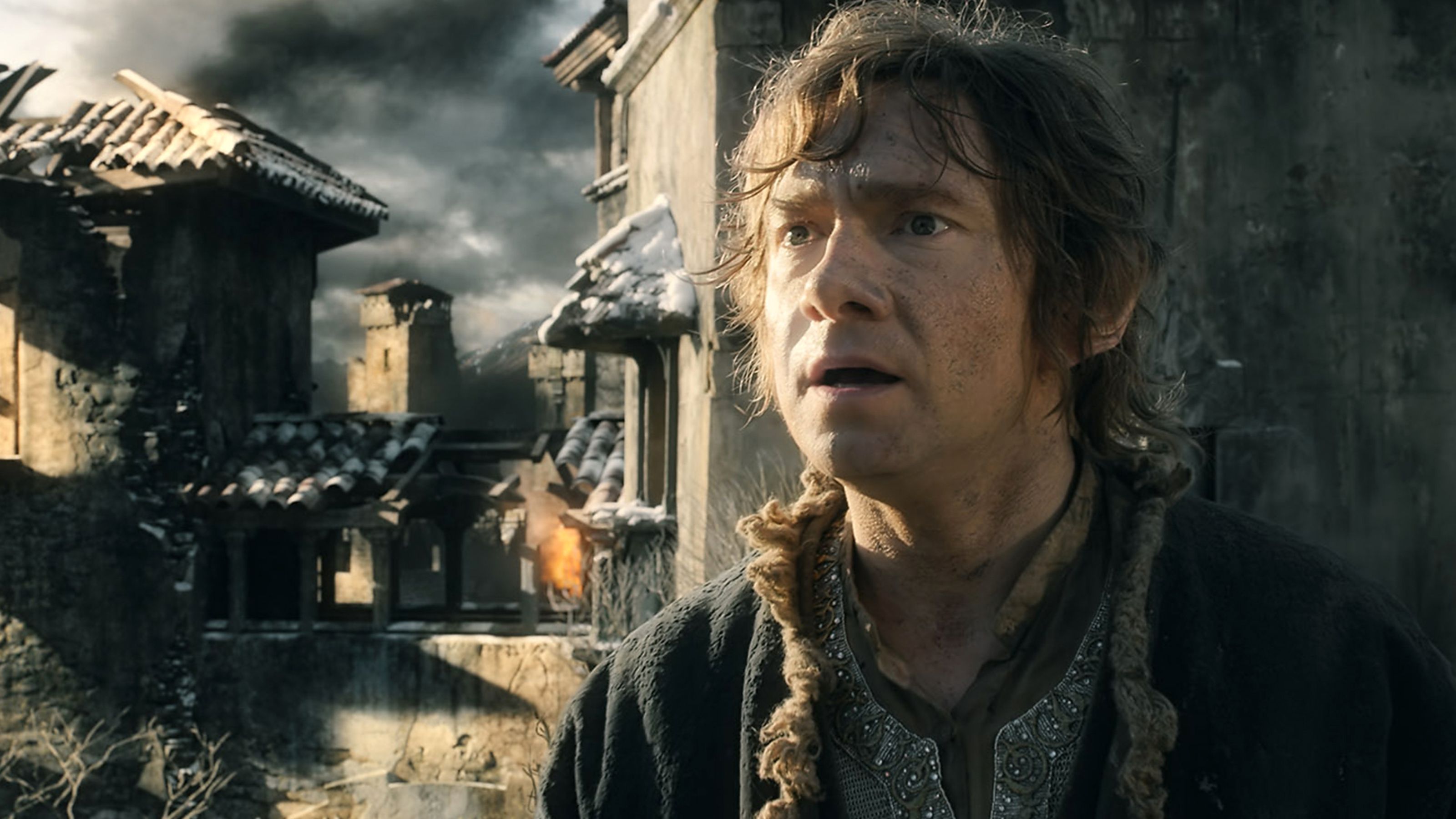
Table of Contents
Visual Spectacle and Special Effects
The Hobbit: The Battle of the Five Armies is undeniably a visual feast. The film's impressive use of CGI and visual effects is immediately apparent, particularly in the depiction of the titular battle. The sheer scale of the conflict, with thousands of orcs, elves, dwarves, and men clashing amidst a breathtaking landscape, is truly awe-inspiring. The battle sequences are meticulously crafted, showcasing impressive feats of visual artistry and detailed creature design.
- Stunning CGI: The CGI, while sometimes criticized for its overuse in some scenes, is undeniably effective in rendering the fantastical world of Middle-earth with remarkable detail. The breathtaking landscapes and meticulously designed creatures add to the film's immersive quality.
- Cinematography: The cinematography complements the special effects beautifully, using dynamic camera angles and sweeping shots to capture the scale and intensity of the action. Slow-motion sequences highlight the brutality and heroism of the conflict, adding another layer to the visual spectacle.
- Specific Examples: The moments where Thorin faces the hordes of orcs, the aerial battles involving the eagles, and the devastating effects of Smaug's fiery breath are particularly memorable examples of the film's visual prowess.
- Comparison to Previous Films: Compared to the previous Hobbit films and the Lord of the Rings trilogy, The Battle of the Five Armies arguably features the most sophisticated and technically advanced visual effects, though some critics argue that this comes at the expense of a more grounded, practical approach.
Narrative Structure and Pacing
While the visual spectacle is undeniable, the narrative structure and pacing of The Battle of the Five Armies have been subject to more critical scrutiny. The film attempts to wrap up multiple plot threads simultaneously, potentially leading to a feeling of being rushed in certain sections.
- Pacing: The pacing is uneven at times; some scenes feel rushed, while others drag slightly. This is particularly noticeable in the build-up to the final battle, which, while visually impressive, lacks the gradual tension build-up of some of the Lord of the Rings battles.
- Narrative Resolution: The film successfully resolves many of the storylines introduced in the previous installments, notably the conflict between Thorin and his company, and Bilbo's journey of self-discovery. However, the rapid resolution of certain plot points might leave some viewers wanting more depth or emotional resonance.
- Character Arcs: The character arcs of Bilbo, Thorin, and Gandalf are central to the narrative and largely satisfying, although some critics argue that certain character developments feel somewhat underdeveloped or rushed.
- Action vs. Character: The balance between action sequences and character-driven moments is a point of contention. While the battle scenes are visually stunning, some argue that they overshadow the quieter, more character-focused moments which are crucial to the narrative's emotional impact.
Character Development and Performances
The performances in The Hobbit: The Battle of the Five Armies are generally strong, with the main cast delivering compelling portrayals of their respective characters.
- Actor Performances: Martin Freeman as Bilbo Baggins continues to be a standout, capturing the hobbit's evolution from timid adventurer to confident individual. Richard Armitage's portrayal of Thorin Oakenshield is particularly poignant, effectively conveying the king's internal struggles and ultimate sacrifice. Ian McKellen's Gandalf, as always, provides a steady hand and wise guidance.
- Character Evolution: The film showcases the continued evolution of key characters, highlighting their growth and changes throughout the trilogy. Bilbo's coming-of-age narrative culminates, providing a satisfying conclusion to his journey.
- Character Interactions: The interactions and relationships between the characters are generally well-handled, although the sheer number of characters involved occasionally dilutes their individual impact.
- Strong/Weak Performances: While the main cast delivers consistently, some supporting characters feel underutilized or underdeveloped, leaving their contributions to the overall narrative somewhat less impactful.
Themes and Allegories
The Hobbit: The Battle of the Five Armies explores several key themes consistent with Tolkien's broader work, using allegory to explore complex ideas in a compelling way.
- Major Themes: Greed, redemption, friendship, loyalty, and sacrifice are central to the narrative. Thorin's struggle with his own avarice, and his subsequent redemption, forms a significant part of the film's thematic exploration.
- Tolkien's Influence: These themes resonate strongly with Tolkien's broader philosophy, reflecting his concerns with the corrupting influence of power and the importance of courage, friendship, and self-sacrifice.
- Allegory and Symbolism: The use of allegory and symbolism is subtle yet effective; the battle itself can be viewed as an allegory for the struggle between good and evil, with the various factions representing different aspects of human nature.
- Corruption of Power: The film explores the corrupting influence of power, demonstrated through Thorin's initial obsession with the dragon's hoard and his subsequent descent into madness. This mirrors similar themes in Tolkien's wider works, enriching the film's thematic complexity.
Comparison to the Book and Previous Films
The Hobbit: The Battle of the Five Armies, like the previous Hobbit films, takes significant liberties with Tolkien's source material.
- Adaptation Choices: Peter Jackson and his team expanded the source material significantly, adding new characters, subplots, and action sequences. This has been both praised and criticized, with some arguing that the film deviates too far from Tolkien's vision.
- Creative Decisions: The creative choices made by Jackson are aimed at creating a visually stunning and engaging cinematic experience, even at the cost of fidelity to the book.
- Relationship to Previous Films: The film serves as a satisfying conclusion to the Hobbit trilogy, connecting organically with previous installments while establishing its own unique identity.
- Faithfulness to Tolkien: The debate regarding the film's faithfulness to Tolkien's vision remains a contentious one, with strong arguments on both sides. The film arguably prioritizes a compelling cinematic experience over strict adherence to the book's narrative.
Conclusion
The Hobbit: The Battle of the Five Armies is a visually stunning film that delivers a satisfying, if somewhat rushed, conclusion to Bilbo Baggins's adventure. While the film's breathtaking special effects and impressive battle sequences are undeniable highlights, some criticisms regarding its pacing, narrative structure, and faithfulness to the source material persist. The film's exploration of themes like greed, redemption, and the corrupting influence of power remains potent, even if delivered within a visually driven action spectacle. Ultimately, its success depends on the viewer's priorities: spectacular visuals or close adherence to Tolkien’s literary vision.
What are your thoughts on the Battle of Five Armies' portrayal of Thorin's character arc? Did the film successfully adapt the themes from Tolkien's novel? Share your thoughts on The Hobbit: The Battle of the Five Armies in the comments below!

Featured Posts
-
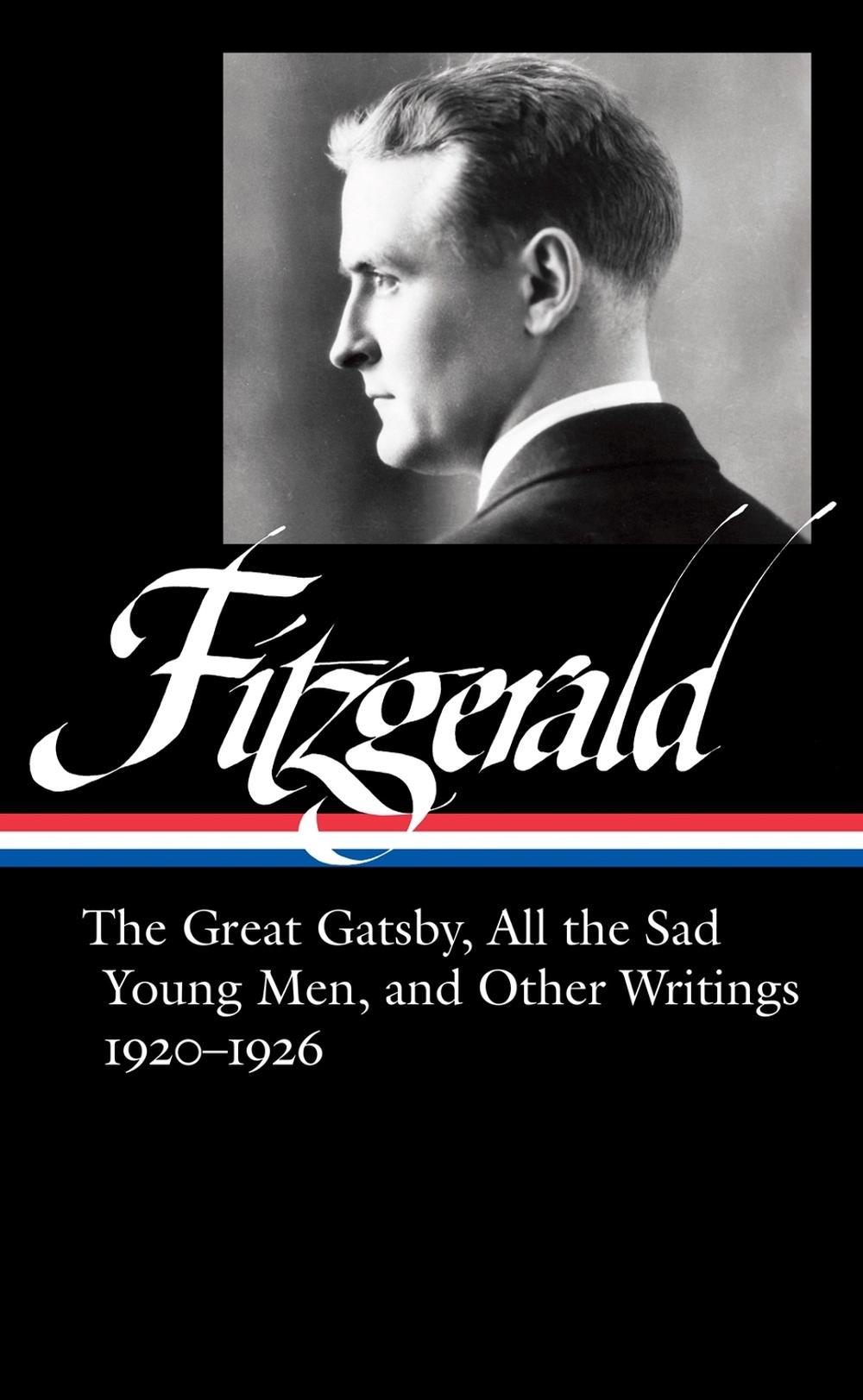 The Real Life Men Behind F Scott Fitzgeralds The Great Gatsby
May 13, 2025
The Real Life Men Behind F Scott Fitzgeralds The Great Gatsby
May 13, 2025 -
 Gibraltar Et Le Royaume Uni Progres Significatifs Sur L Accord Post Brexit
May 13, 2025
Gibraltar Et Le Royaume Uni Progres Significatifs Sur L Accord Post Brexit
May 13, 2025 -
 Is Bar Roma Worth The Hype A Blog To Toronto Review
May 13, 2025
Is Bar Roma Worth The Hype A Blog To Toronto Review
May 13, 2025 -
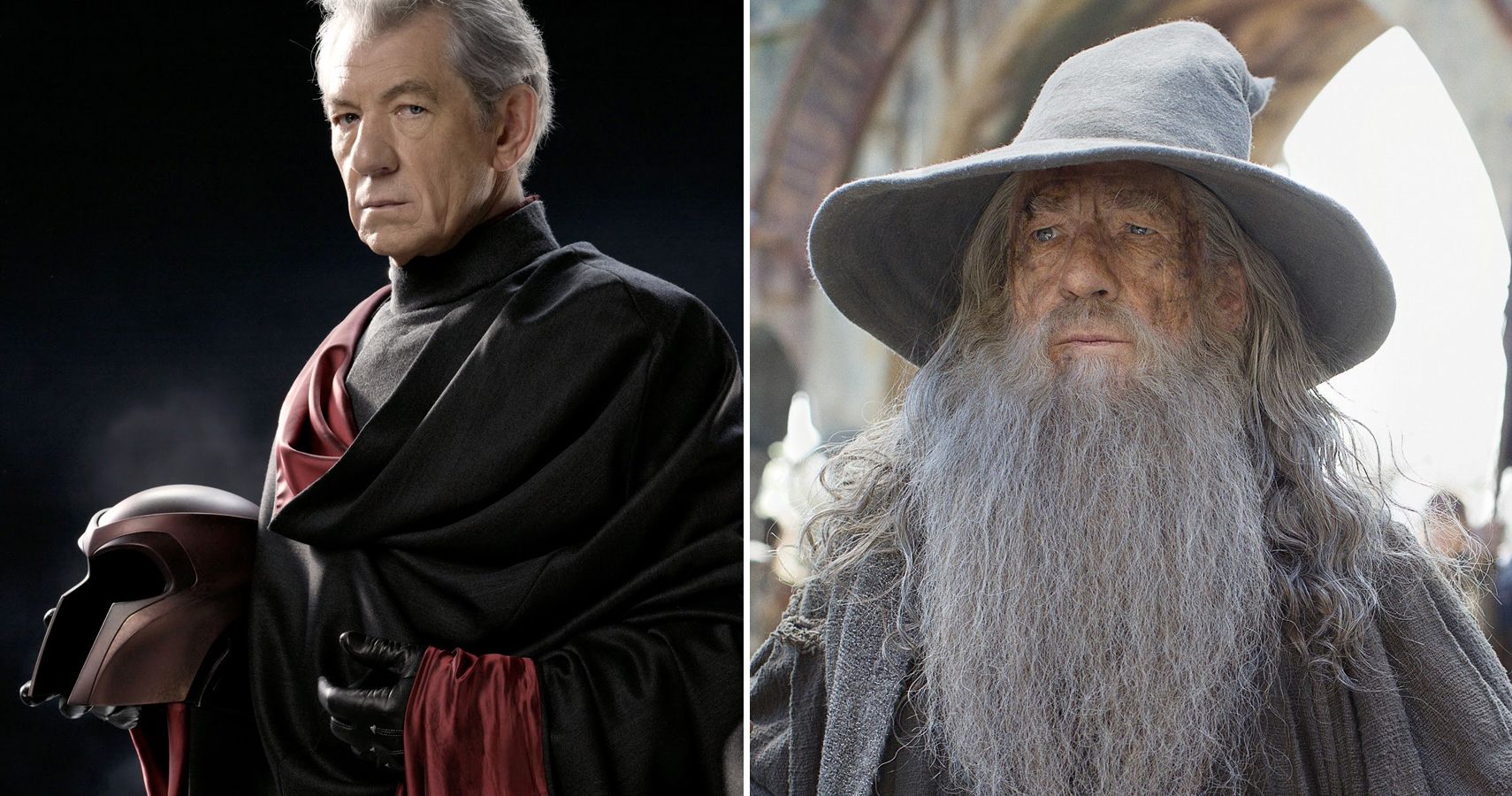 James Corden Returns New Project With Sir Ian Mc Kellen And Baby Reindeer Star
May 13, 2025
James Corden Returns New Project With Sir Ian Mc Kellen And Baby Reindeer Star
May 13, 2025 -
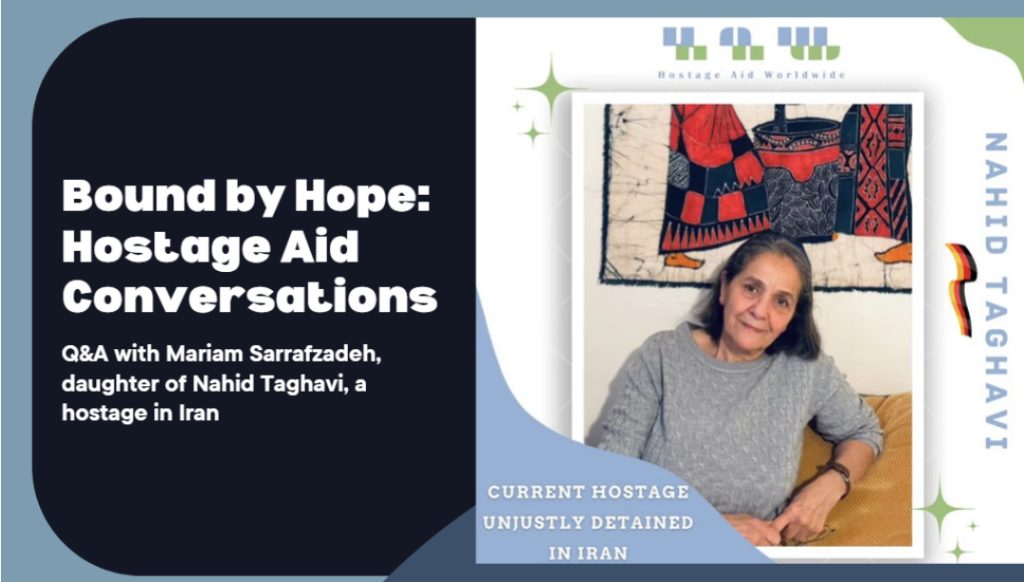 A Fathers Enduring Message Hope From Hostage Crisis
May 13, 2025
A Fathers Enduring Message Hope From Hostage Crisis
May 13, 2025
Latest Posts
-
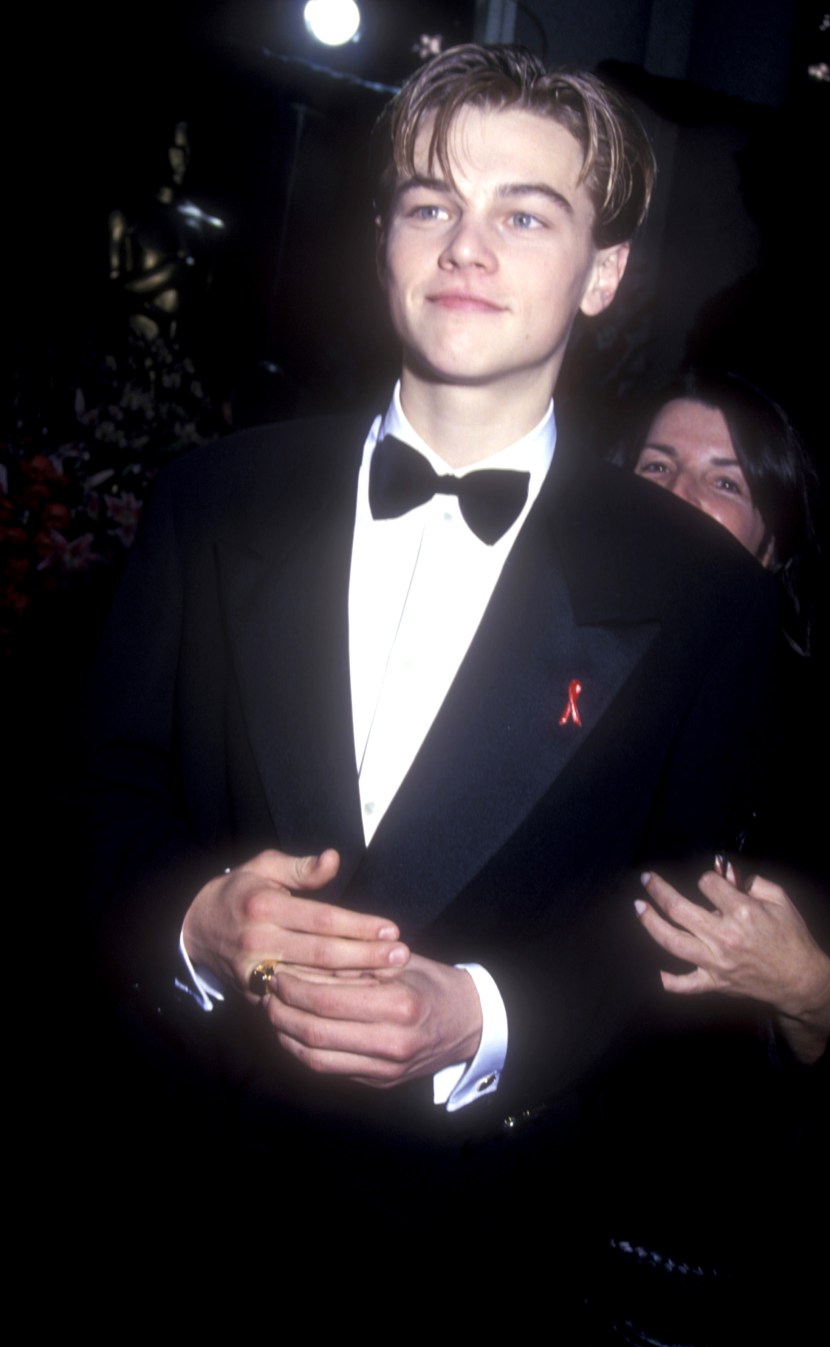 Leonardo Di Caprio 30 Eve Mondott Nemet A Heroinra
May 13, 2025
Leonardo Di Caprio 30 Eve Mondott Nemet A Heroinra
May 13, 2025 -
 Slobodna Dalmacija Leonardo Di Caprio Promjena Koja Ostavlja Bez Daha
May 13, 2025
Slobodna Dalmacija Leonardo Di Caprio Promjena Koja Ostavlja Bez Daha
May 13, 2025 -
 Preobrazba Leonarda Di Caprija Je Li Ovo Isti Glumac Slobodna Dalmacija
May 13, 2025
Preobrazba Leonarda Di Caprija Je Li Ovo Isti Glumac Slobodna Dalmacija
May 13, 2025 -
 Leonardo Di Caprio Nevjerojatna Transformacija Slobodna Dalmacija
May 13, 2025
Leonardo Di Caprio Nevjerojatna Transformacija Slobodna Dalmacija
May 13, 2025 -
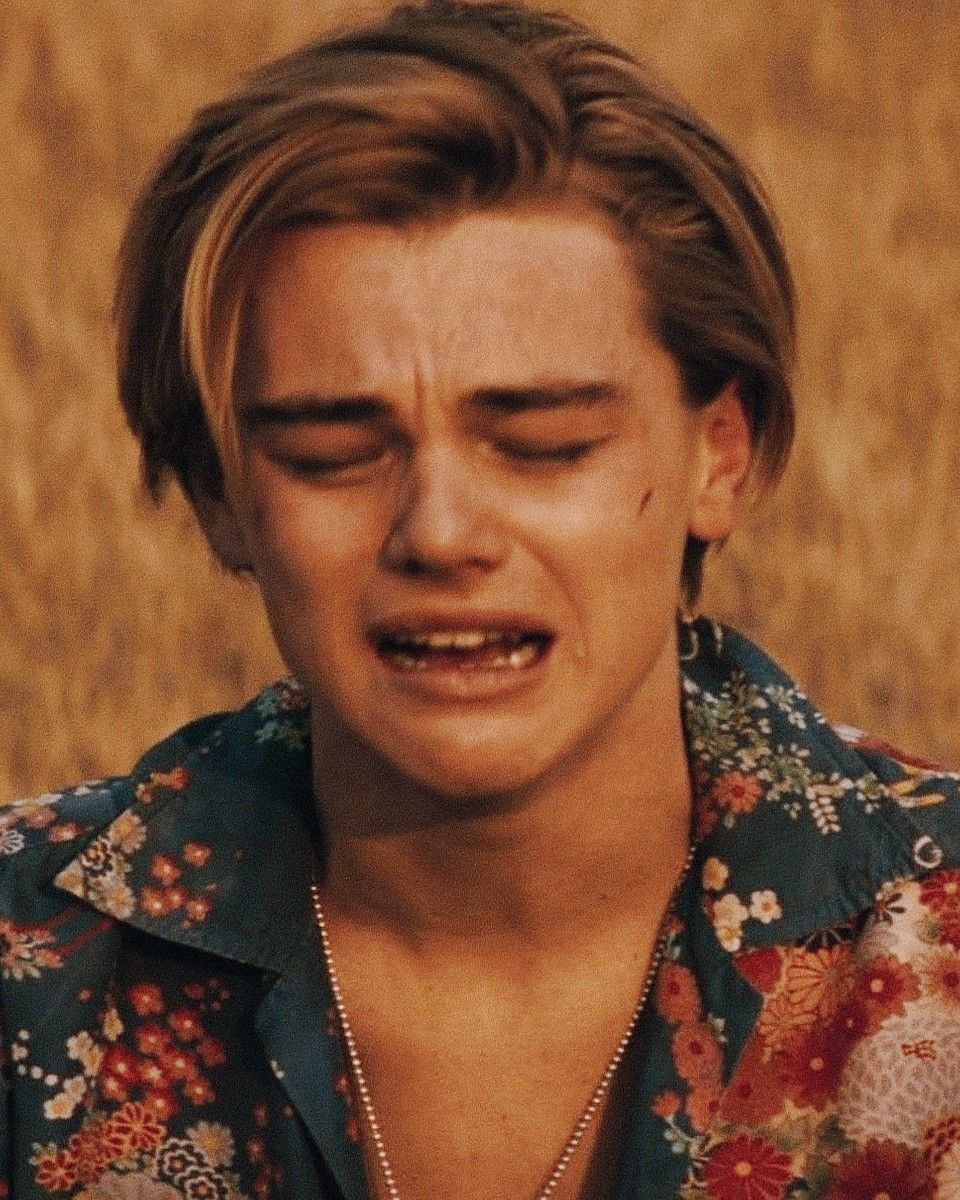 Leonardo Di Caprio And Romeo Juliet A Rollerblading Story You Wont Believe
May 13, 2025
Leonardo Di Caprio And Romeo Juliet A Rollerblading Story You Wont Believe
May 13, 2025
